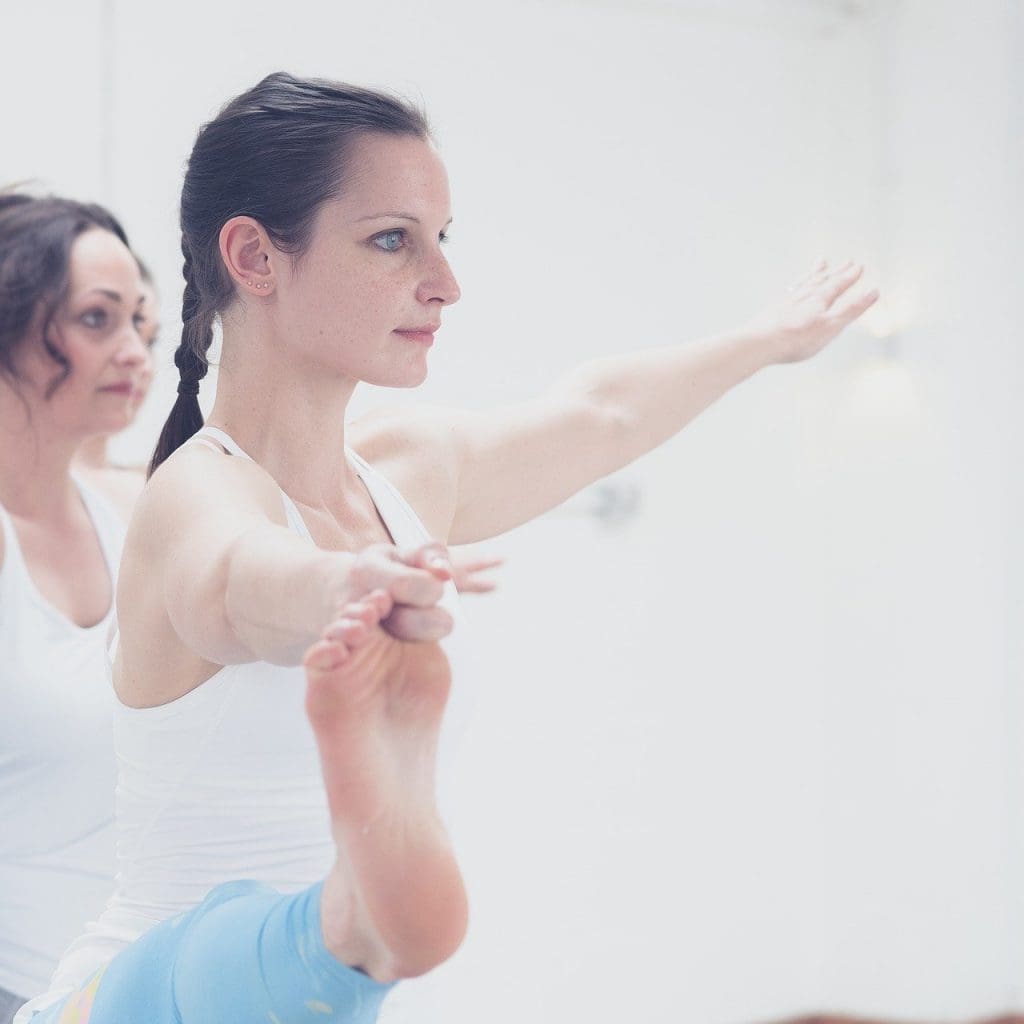As with most things in life, there are right and wrong ways to teach yoga. Yoga is a holistic system that connects the mind, body, and spirit in a peacefully correlated manner. Yogic poses and postures have been taught, practiced, and developed for over 5,000 years, so there are most certainly do’s and don’ts when it comes to practicing yoga, as well as teaching it. Here are some of the things you should not do when running a yoga business:
Table of Contents
1. Don’t own your students

At first, this may sound like a strange concept, but it’s quite common for yoga teachers to get into a bad habit of thinking they own their students. Being a yoga teacher, mentor, or master of yoga does not mean that your students are yours to own; your students attend your class to be taught yoga, not told what to do. Not all yoga students will have chemistry with their yoga teacher, and that’s ok – remember, we’re human, and chemistry can’t be forced upon any of us.
When you first take the leap onto your yoga business journey as a yoga teacher, there’s a reason you chose to. Your interest in yoga-inspired you to inspire others, similarly, your students have chosen to take their own journey in practicing yoga, and your job is to guide them on their journey. Being a yoga teacher is like taking on a support role, supporting those who want to learn; your students aren’t there to praise you or serve you.
Your intention to teach yoga may have come from a desire to heal or improve your own situation, but at one point, you were the student. Being at peace and completely balanced with yourself is the first step to becoming a yoga teacher. Your students aren’t a tool to be used to help you. You are there to help them. It may seem obvious, but more often than not, yoga teachers bring their own life problems to their class and expect their students to solve them. As a yoga teacher, you will continue to practice yoga outside of your class. Working through your own problems should be done in your own time, not in your student’s time.
2. Don’t forget about the need to be accessible online

The world has changed, and we are now living in a digital era. If you are to make sure that your yoga business is a success, you need to focus on making an impression online.
There are many ways you can do this, including paid adverts, search engine optimization, and social media marketing. You can use the Google Analytics dashboard & report tools to keep up-to-date with your performance so you can be sure you’re on the right track.
3. Don’t do anything new or change your class
When you attended your training to become a yoga teacher, it taught you what you know now. Original yoga roots and methodology has not changed from its origins, and neither should you. There will always be ‘new’ ways to do something or adaptations in any line of work. However, when it comes to yoga teaching, new isn’t necessarily better.
Your own yoga teacher taught you their methodology, and that’s what you should be practicing when teaching your own yoga classes. If you change something in your yoga class that you’ve been teaching for months, years, or even decades, it’s going against your values and will also throw your students off course. Your responsibility is to keep consistent. Some of your students may even choose yoga teaching as their own path, of which you’d pass on your own knowledge and lineage to them, in the right way – your way.
4. Don’t allow excuses

It may sound harsh, but the reasoning behind not allowing excuses in your class does make sense. As stated, yoga is the alignment and connection of the mind, body, and spirit. Recent scientific studies have been recognized to trigger chemicals in the brain that regulate nerve activity. As a yoga teacher, most classes will have a ‘doors close at’ rule to allow for the class to sit or stand together in a quiet, peaceful, and tranquil environment before the class begins. This allotted time allows people to arrive on time, relax, breathe, and prepare their minds and bodies for the yoga class.
Unfortunately, situations arise out of control; we get stuck in traffic, lost track of time, or have a burning question that we simply can’t hold in. However, excuses don’t have a place in a yoga class, whether they are genuine or not. Allowing the disruption of a class, as a yoga teacher, is in your hands; it is your responsibility to ensure that this does not happen. If you’re finding that students are arriving late and being disrespectful by barging in on you and your class, set a new time policy. There are plenty of yoga studios that outline a list of rules in their studio or on their websites.
In fact, many yoga teachers and studios use online tools to track their studio’s appointments and rules and regulations. Make use of these tools yourself, you don’t have to be a technical genius to use many of the free website builders available through various web-hosting providers, so there are no excuses! Remember, you are the teacher, and you control what you do in your class and how you do it.
5. Don’t forget to make time for your own yoga practice
This is such an important thing to remember. Many yoga teachers will practice with their class as their teaching method, and that’s fine – great even. However, you need to take some time to do your own practice. After all, yoga is a lifestyle, a spiritual place of being. Therefore, simply teaching classes is not enough. You need to make time for yourself as well.
So there you have it: some of the things to avoid if you have a yoga business. Follow these tips, and you can unlock greater success.
Featured Photo by Li Sun from Pexels




